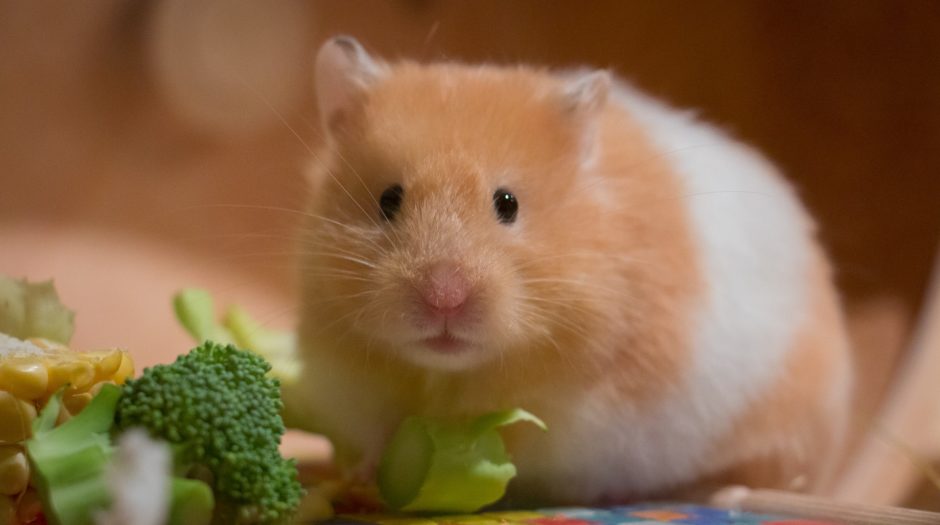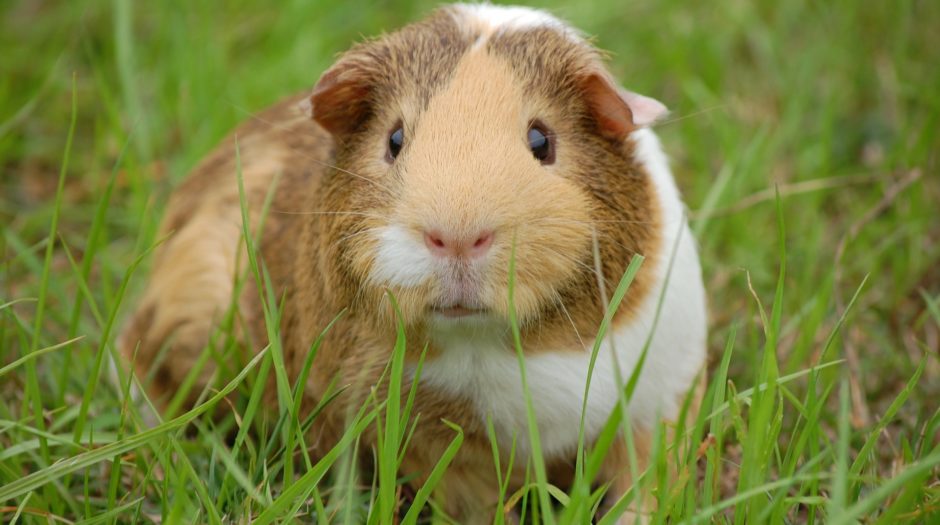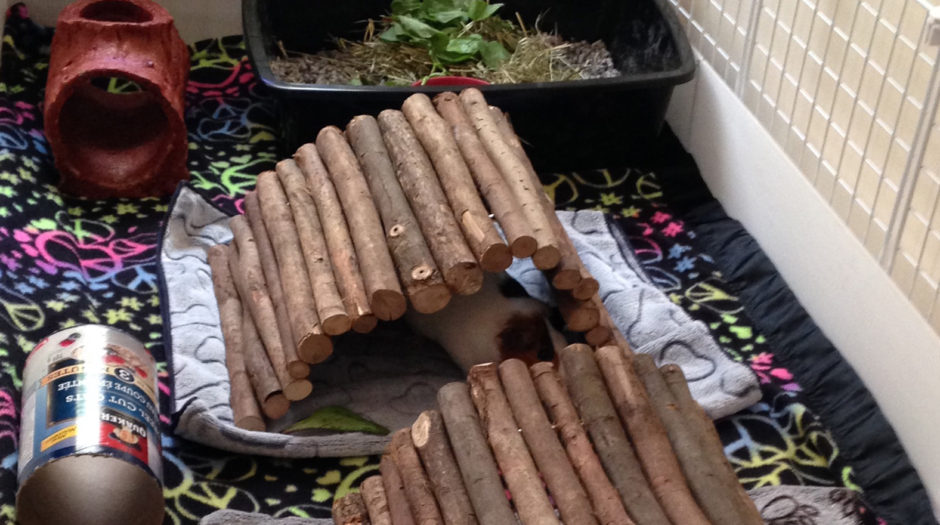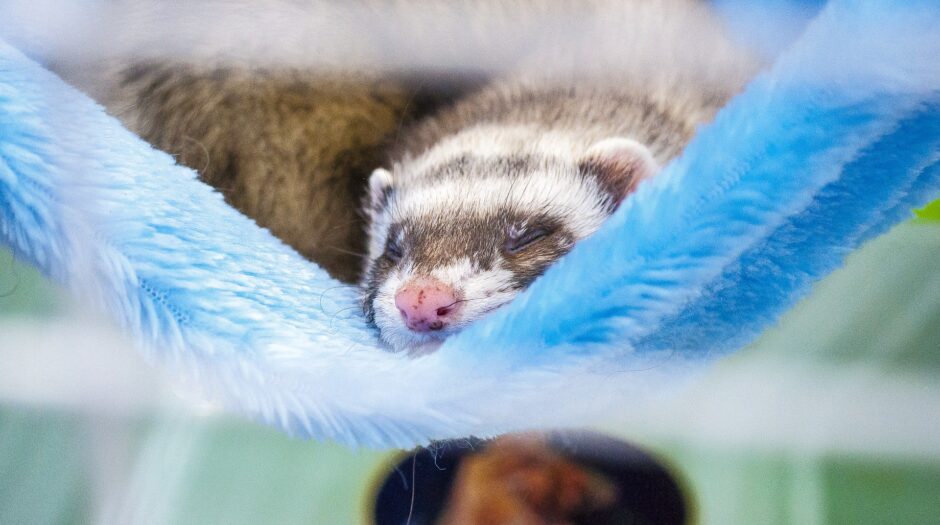Hamsters: The Ultimate Guide to Care, Food, Cleaning and Entertainment
Hamsters are one of the more popular choices for a pet. They’re small, adorable, and although they are among the shorter living pets they’ll still become a loving member of the family. Now before you decide to go running off to buy one, there are some things you should know.
This article explores information about them, their start up cost, basic care, out of cage time, and medical care.
We’ve also offered some best reviewed product suggestions from our Amazon Affiliate links. There is no cost to you and it helps keep the lights on around here. (Thanks!)
Hamster Facts
Hamsters are a member of the rodent family. They usually have a lifespan of about 2-3 years and range in sizes. A hamsters coat can come in a range of colours such as grey, black, white, a yellow, and orange. Hamsters are classified as a nocturnal/crepuscular species meaning they are awake during the night but are most active during twilight hours.

There are many different species of hamsters but only 5 of them are domesticated (Syrian hamster, Dwarf hamster, Chinese hamster, Roborovski, Winter White, and campbells dwarf) The most common out of the five would be the Syrian hamster. An adult Syrian hamster is about 5-7 in length and typically weighs about 120-125 grams.
Hamsters are a solitary species (they live alone). Do not attempt to pair or introduce hamsters with each other because it could result in a fight, which can lead to death. There are some species of hamsters that can be paired but it isn’t recommended because it can be risky.

Hamster Cage Set Up for Beginners
When you are first getting a hamster there are some necessary items you need to buy…
- A large enclosure (minimum of 450 square inches of floor space)
- Paper-based or aspen bedding
- A food dish and food
- A water bottle
- A hide out
- Chew toys
- Toys (tunnels, bendy-bridge, etc)
- A wheel
Depending on the material, store, and type of hamster, prices may vary. The start up cost can range anywhere from about $90 to a little over $250. (An enclosure can range anywhere from $20 to $100 dollars, a plastic water bottle will cost less than a glass one, etc…) Plus on top of the start up cost it is a good idea to start up a vet fund in case of an emergency. The last thing would be the hamster itself which can vary depending on the breed and where you’re buying it. (Ranges from $0 to $20)
You will also have to think about the monthly cost of bedding, food, and any other things that may need to be replaced.

Hamster Care Tips
1. Choose an enclosure/habitat
Hamsters require a large enclosure with a minimum of 450 square inches of floor space (bigger is always better). You can decorate it in whatever theme you would like, just make sure it has the necessary items inside. This is one of the most important investments you will have to make for their happiness and health. Check out our article on best hamster cages.
Try to put their cage somewhere quiet and out of direct sunlight or drafts.
- Designed to home a wide variety of small animals
- Tight 3/8'' wire spacing. Large tubby base offers room for exercise and accessories
- Extra deep 6 1/4'' tubby base
2. Give them hideouts and toys
There are a variety of different hideouts and toys to choose from. Its a good idea to give them lots of different toys to stimulate your hamsters brain. You can give your hamster tunnels, bridges, etc. One important “toy” you will need to provide are chew toys. Chew toys are very important for hamsters because their teeth are continuously growing and they need something to wear them down.
3. Provide them with food and water
A hamsters diet should include some type of pellets, a seed mix, and fruits/vegetables. There are many seed mixes out there. Hamsters are omnivores so they can have a a variety of different foods. Before giving your hamster a new food make sure it is safe for them. Don’t worry about filling their food bowl up every day because hamsters have cheek pouches that they stuff with food and bring to their nest to hoard for later.
You can provide your hamsters water in a water bottle or bowl. A water bottle keeps the water clean and you won’t have to change the water as often as you would with a bowl. Make sure you are changing their water every few days so that their water will be fresh.
4. Give them bedding
Hamsters are natural burrowers. You should provide enough bedding so that they can properly burrow and make nests. Consider reading our article on the best hamster bedding.
There are some unsafe bedding’s out there such as…
- Pine
- Cedar
- Any scented bedding’s
- Anything that says soft wood shavings
Some safe bedding’s include…
- Aspen
- Any paper based bedding
5. Provide a wheel
Hamsters in the wild can run several miles per night so it’s important that you give your hamster the opportunity to run in a wheel. You should try to stay away from wire/mesh wheels because they can injure your hamsters feet.
Size matters! A wheel that is too small will cause them to arch their back, which can lead to injuries.
Syrian/Chinese hamster: at least an 8″ wheel
Dwarfs/Roborovskis: 6″ to 8″ wheel
6. Clean their cage
Your hamsters cage should be cleaned about once a month (if its the proper size) as hamsters can get very stressed if you are cleaning it too often. Make sure you aren’t using any harsh chemicals on the cage when you do clean. You can use a mixture of vinegar and water or buy pet safe detergent. Make sure you are also leaving some of its previous bedding in the cage so that they will have their scent and they won’t get too stressed out. However, even though you should only do a full clean once a month still make sure you are spot cleaning every few days to remove any soiled bedding.
*If your hamster becomes a bit smelly/greasy you can give them a bit of chinchilla bath sand not dust (dust can cause respiratory issues). Bathing your hamster in water is very bad, they can become very stressed or even pass away. Water also removes important oils in their skin. NEVER bathe your hamster in water
- 52.8 oz. Chinchilla Sand.
- Constructed with the highest quality materials for your pet.
- Keeps your pet entertained for hours.
Out of Cage Time
When you first get a hamster they will be stressed. They will be in a new environment and, well, new pretty much everything. Give them a few days to get used to their surroundings before handling them. That being said you can still of course give them food and water but do not attempt to hold them yet. Your hamster will eventually start to trust you with some taming and treats. Once you have gone through the taming process you can begin to pick them up.
When picking up a hamster make sure you are using both hands and are cradled in cupped hands. Same goes for putting them down. Take extra caution so that they don’t try to jump or slip out of your hands. Since hamsters are nocturnal, be sensitive to what time of day you are handling them. Just like you, they don’t like getting woken up. Hamsters are usually most active at dusk and dawn (the evening and early in the morning) but they are also awake during the night.
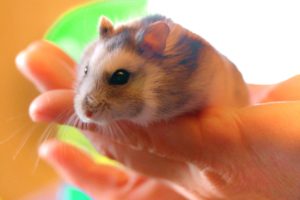
A great way to give your hammie exercise and bonding time is to take them out to play. You can set up an enclosed spot in your house like a play pen. You can buy a play pen from the store, make one your self or even use your bath tub! Set up some toys, hidey holes, and treats around. Just make sure that whenever you take your hamster out you or someone else is supervising them at all times.
Hamster Medical Care
Its a good idea to have a vet fund in case any thing bad happens or if there is some sort of emergency. Even though they may be small or cheap you still need to get them medical attention when needed.
Common Health Problems/Illnesses:
- The common cold-> hamsters are able to catch it from humans. They suffer from similar symptoms such as runny nose and sneezing. To prevent your hamster from catching it, try not to handle them when you’re sick.
- Fur and ear mites-> There are several species of mites that can affecy hamsters. They can cause scratching and/or hair loss over their back & rump. Ear mites can cause itchy mange on the ears, face, feet and tail.
- Tumours-> Can be common in older hamsters (especially in females) Cancerous tumours can be identified as hard lumps and can be accompanied by poor condition and hair loss. (Take your pet to the vet immediately if you notice they have a tumour)
- Wet tail-> a stomach infection associated with stress and is cause by bacteria. This infection leads to diarrhoea that can be severe enough that your hamster can get dirty around the tail. Your hamster may also be hunched and/or sluggish. It may take up to a week for the infection to develop and often causes death.
We hope you enjoy your new hamster. Take a photo and tag us on instagram @crittermamas.

